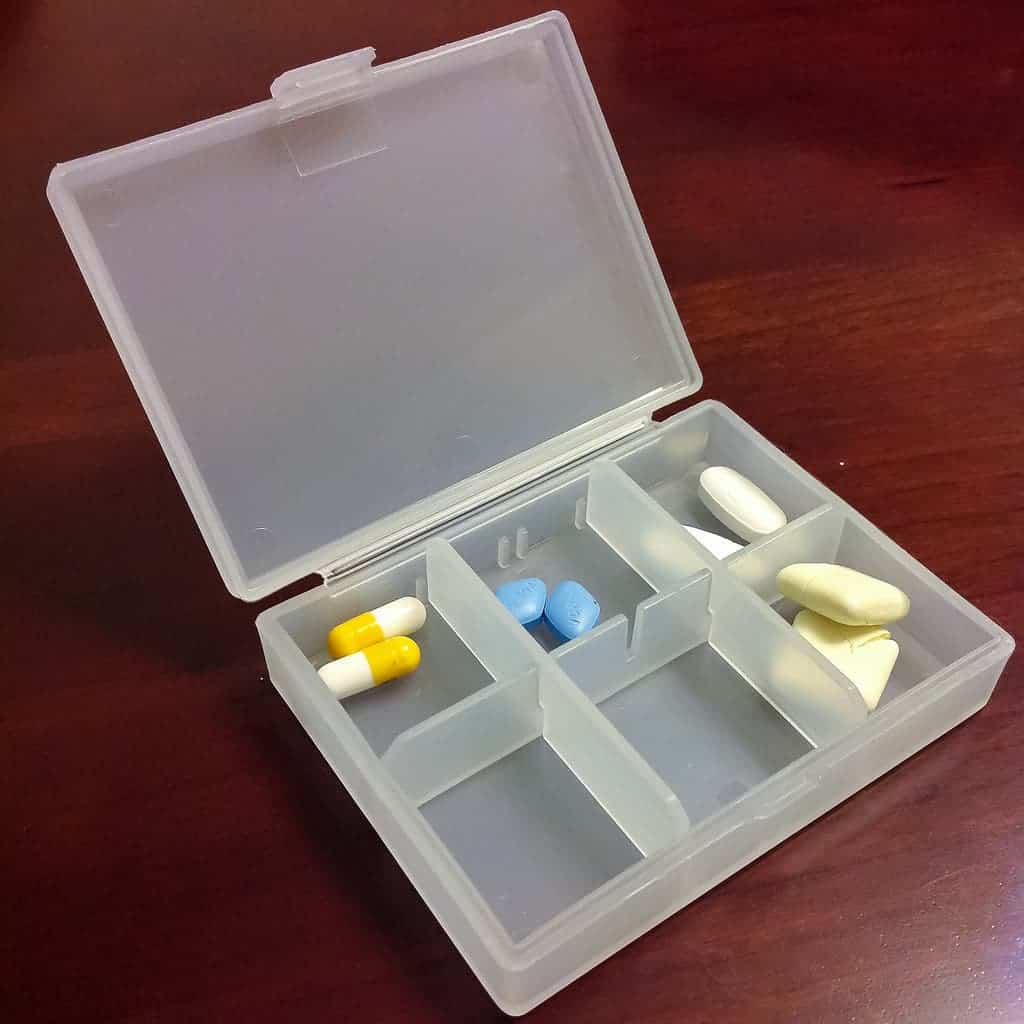The do-it-yourself (DIY) movement continues to sweep the world, stepping into fields you would never expect it to. We’ve gotten used to DIY furniture and even gadget tinkering, but now, biology has followed suit and is being practiced in small labs throughout the world.

From making EpiPens on the cheap to creating night vision eye drops, the possibilities are truly endless. DIY biology (also known as biohacking) is intriguing, though often misunderstood. What exactly is biohacking though, what kind of promise does it hold — and more importantly, what are the risks?
A Short History
Developing and maintaining a fancy lab, with everything that is associated, costs a small fortune, and access isn’t always easily granted by established ones. So many researchers, companies, and sometimes even amateurs have tried to bypass that, either by using smaller, simpler facilities, or by moving to countries like China, where regulations aren’t as strict.
Biohackers don’t necessarily have to abide by the same rules and regulations that university labs have to conform to, and experiments can be done fairly inexpensively. The whole point is to explore the unknown and find answers to questions with biology. However, this can also come with great risks.
The Good

Biohacking certainly has its potential benefits for the health and well-being of people. It could also earn people a lot of money in the process. This branch of biology focuses on finding innovative and cheap ways to solve complex and expensive issues. For instance, one problem biohackers are trying to solve is insulin production for people afflicted with type 1 diabetes.
With vials of insulin costing as much as $220, many cannot afford this life-saving hormone and end up having to try to live without it. However, when biohacker Anthony Di Franco was diagnosed with this disease as a young adult, he knew there had to be a simpler, more affordable way to produce insulin. That’s when the Open Insulin Project was created. The goal of this project is to create a blueprint for insulin so that anyone anywhere can make their own at home. They intend to do this by actually using E. coli DNA to produce the hormone by injecting it with an insulin gene.
Similarly, another biohacker, Andrew Pelling is using fruits and vegetables to replace certain parts of the human body. For example, by carving apples into the shape of an ear and removing the plants’ cells, what’s left behind is a perfect structure where humans cells can be injected and grown. Once these cells multiply, they cover the entire scaffolding to make a human ear. Now he’s seeing where asparagus can take him with spinal injuries due to the vessel-like structures of the vegetable.
These are just a couple of examples, but the possibility of biohacking are virtually limitless. However, not everything is rosy.
The Iffy
Although the possibilities that can be achieved through biohacking are wondrous and exciting, there may be such a thing as a good thing gone too far. More than any other person, Dave Asprey comes to mind on whether or not a line has been crossed.
Instead of experimenting on the genes of other organisms, this biohacker experiments on his own. Asprey is interested in making himself the most optimal human being he can be, using foods and supplements he created to alter different aspects of his body. He also claims to use electricity to improve his mental and physical health.
As biohackers begin to tinker with human genes to change the natural function of DNA, you begin to wonder what will be lost in the process, or if the gains are worth the cost. It can also have major societal implications as well, with the possibility of optimized humans being privileged and regarded as superior over those whose genes have not been altered. Would you opt for editing a gene of an embryo? Would you give your baby blue eyes or blond hair, if you could? Where would you stop? These are longstanding questions that are still without an answer.
DIY biology is definitely an interesting field, with the potential to eradicate or simplify the treatment of many diseases. However, things get a little fuzzy when certain branches of this field focus on making a better human being. Whether biohacking is more of a blessing or a curse is still to be seen. One thing’s for sure, though: many of us are eagerly waiting for what biohacking has for us next.
This was a guest contribution by ZME reader Amethyst Tagney. Are you a scientist, expert, student, or an artist? Do you want to share your work with the world? Learn how anyone who has something interesting to say can contribute to ZME Science.


